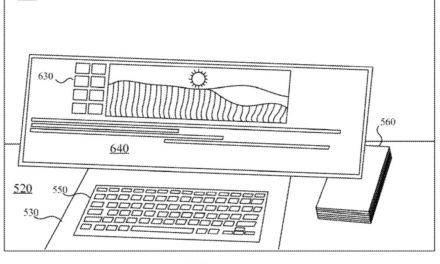Weak mobile customer service is harming customer engagement, according to Gartner, Inc. (www.gartner.com). No rallying principle in the enterprise matters more than the creation of superior customer engagement and IT leaders will need to innovate in engaging customers on all channels and have the metrics to choose the right projects.
“Marketing may fill the sales funnel, and the sales department can close a deal, yet it is the overall impression of the enterprise generated by the quality of customer service that differentiates one enterprise from another,” saays Michael Maoz, vice president and distinguished analyst at Gartner. “Translating this general and departmental customer engagement concept into operational components across the enterprise is transforming the definition of customer service from an isolated function into an enterprise objective delivered across all points where the customer “touches” the business.”
Gartner has made a number of predictions about mobile customer service, including:
° By 2017, one third of all customer service interactions will still require the support of a human intermediary.
Automation and intelligence agents are reducing the percentage of customer support interactions that require a human to solve. However, the pace of introduction channel choice (such as sensors, virtual customer assistants, advanced search, kiosks and in-line video chat) and the focus on personalized customer experiences will require companies in most industries to retain a highly trained core of customer service professionals.
Looking across industries and the world, nearly 60% of customer service interactions required the intervention of a human support agent in 2014. Gartner predicts that this will be cut nearly in half over the next 24 months through more radical self-service, communities, alerts and mobile devices.
“Businesses need to focus on what key customer experiences would benefit from customer engagement with a human,” says Maoz. “It is important to poll customers and internal stakeholders such as those in marketing, sales, customer support and inventory/shipping/billing, where the availability of a human customer support representative can mean the difference between a sale or no sale, the acceptance of an offer or its rejection, and/or a quality customer experience.”
° By 2018, 5% of customer service cases will be initiated by Internet-connected devices, up from 0.025 in 2014.
The installed base of “things,” excluding PCs, tablets and smartphones, will grow to 26 billion units in 2020. By this time, a home could have more than 500 smart objects collaborating in a personal Internet of Things (IoT). As things, places, people and systems become increasingly connected, the ability to monitor operations, statuses, service levels and many other metrics become possible. The added connectivity, communications and intelligence of things make many of them agents for services that are currently requested and delivered through people.
“The explosive growth of the IoT and associated use cases will bring a transformational change in the customer service space,” says Olive Huang, research director at Gartner. “A number of industries will be the front runners in this trend, such as manufacturing, healthcare providers, insurance, banking and securities, retail and wholesale, computing services, government, transportation, utilities, real estate and business services, agriculture and communications.”
° More than 100 of the 500 largest global businesses will introduce video-based chat by 2018 for customer-facing interactions.
Driven by the fast growth of mobile devices and companies’ sense of urgency to deliver excellent customer experience as a competitive differentiator, video chat for customer interactions is rapidly rising toward an innovation peak. Entering 2015, Gartner estimates that more than 50 of the 500 largest global businesses will introduce video-based chat by 2018 for customer-facing interactions. This is set to double in three years.
“Video chat provides customers with a richer sense of presence, personalized experience by helped coordination of communication and the support of emotional expression, and the real-time sharing of content,” says Brian Manusama, research director at Gartner. “Video, enabled by increased bandwidth, has been out there in the marketplace for some years. The past year, an increased number of vendors have embarked on this trend with either point solutions or are integrated in current solution suites. This is a trend that will continue in 2015.”



